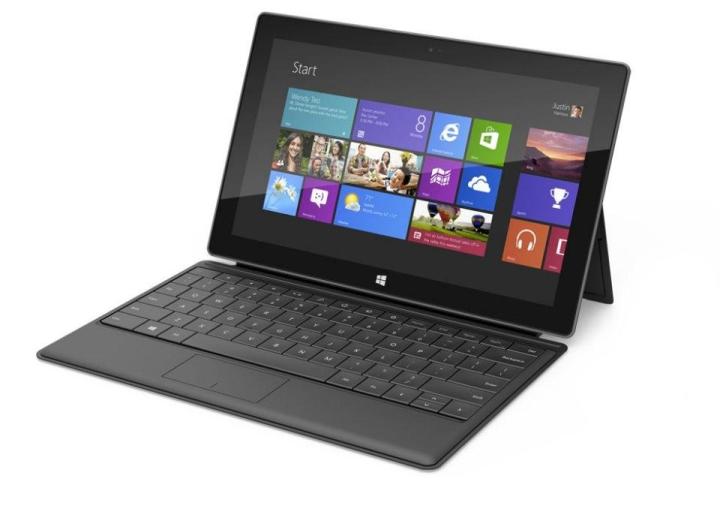
Microsoft quietly lopped $100 off the price of its Surface Pro tablet over the weekend, reducing the 64GB version to $799 and the 128GB to $899. The offer runs until August 29, or “while stocks last”.
The Pro discount comes less than a month after the Redmond-based company slashed the price of the RT version of the device by up to 30 percent, taking the 32GB entry-level Surface from $499 to $349. The 64GB model is currently available for $449, reduced from $599.
The computer giant appears to be having a hard time making a go of it in the fiercely competitive tablet market. In July it announced it had taken a $900 million write-down on unsold Surface RT slates.
“We reduced the price of Surface RT by $150 to $349 per device,” chief financial officer Amy Hood said during an earnings call. “As a result of this price change, as well as inventory adjustments for related parts and accessories, we recorded a $900 million charge to our income statement.”

The recent price cuts are fueling speculation that Microsoft is clearing inventory in preparation for the launch of updated versions of the Surface. No official word has come from the company regarding the possibility of a second-generation Surface RT, though Kevin Turner, the company’s chief operating officer, hinted at the company’s Worldwide Partner Conference in July that a new version is indeed in the works.
The Surface RT and Pro tablets, which launched in October and February, respectively, have apparently failed to grab the imagination of consumers as Microsoft struggles in the face of competition from the likes of Apple, Samsung and Google.
According to figures published in May by research firm IDC, Microsoft sold just 900,000 tablets during the first three months of the year. Compare that to Apple’s 19.5 million iPad shipments and you get an idea of the monumental task facing Microsoft as its seeks to establish itself in the tablet space. Admittedly, the Pro was only sale for a short time within this period, though data for Q2 from Strategy Analytics hardly paints a rosier picture, with the Windows OS reportedly holding a 4.5 percent of the global tablet market compared to Anrdroid’s 67 percent and iOS’s 28.3 percent.


